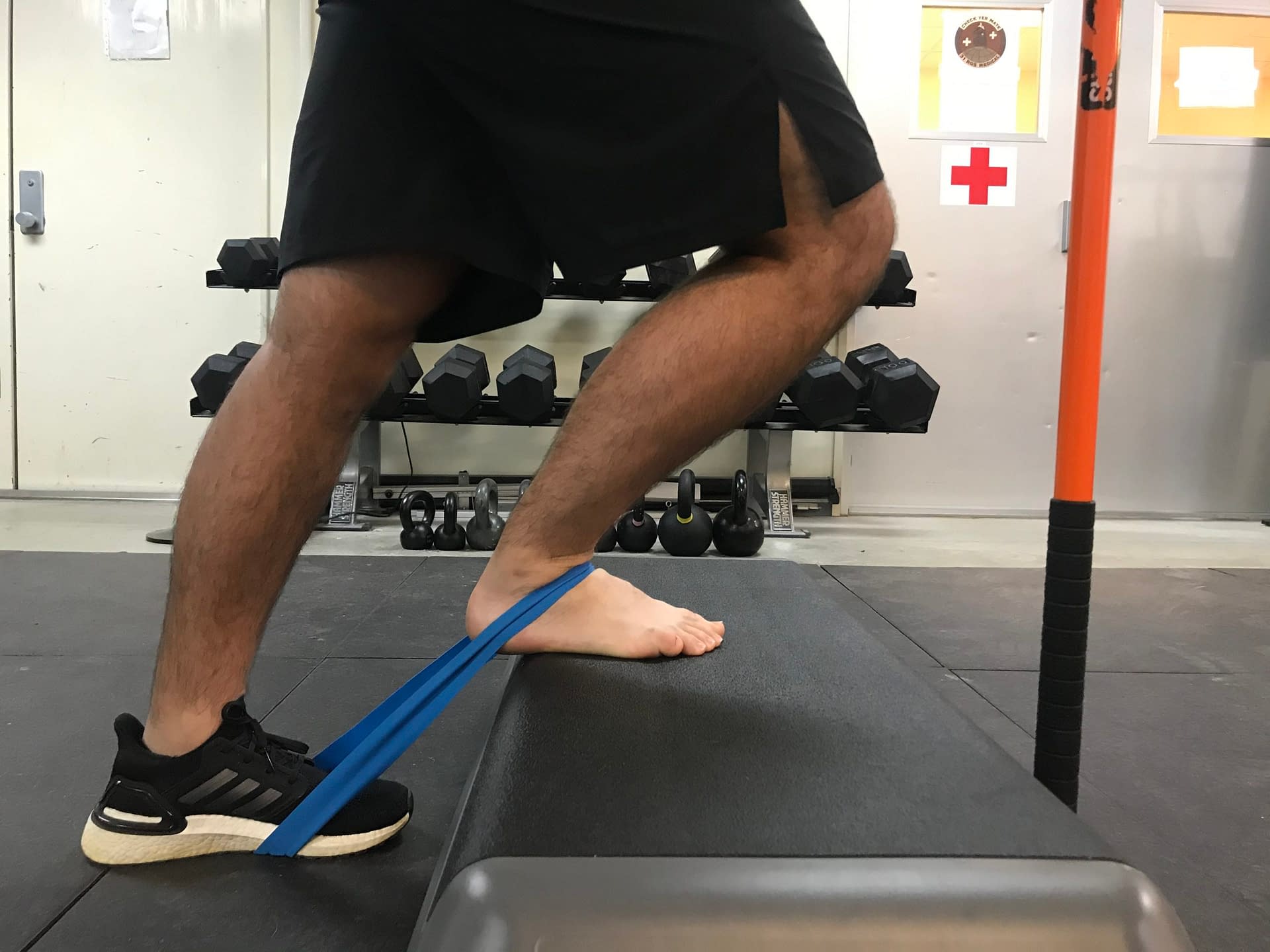

Again, ankle mobility matters, but the unfortunate reality is that many corrective exercises waste time and give false hope to athletes. In this article, I will cover the details of ankle mobility, and review what potentially works and what might just hemorrhage time from training. Most mobility exercises are underpowered or simply only appropriate for injuries, not for healthy athletes who have maxed out their anatomy. I want to make myself perfectly clear: I do value ankle range of motion and I actively respect efforts to restore it, but many of the drills we see in instructional videos are clickbait or misinformation. It’s perfectly natural to find unpleasant the notion that some things we do on a daily basis don’t work, but for us to make progress, we need to look honestly at the topic and ask the tough questions. It may be uncomfortable to admit that ankle mobility is strongly tied to genetics, but we need to embrace the evidence and logic that is available today. Instead, wear minimalist shoes as much as possible.If I had to pick one of the least efficient training approaches to improving athletes, it would be working on ankle mobility to increase dorsiflexion.
#ANKLE MOBILITY FREE#
feel free to stay a couple minutes after finishing a workout at the gym and get in your mobility homework. Most or all of this mobility work can be done at home, but if you need to use a band, barbell, foam roller, etc.

If you fail your ankle mobility test, use the ankle mobility program listed below which includes 10-15 minutes of mobility homework that is to be done every day. Visit with your coach before a workout that includes these type of movements so that they can make a movement substitution for you. If during your ankle mobility assessment, you are restricted, but experience NO pain, you should proceed with caution on overhead squats, olympic lifts, wall balls and pistols.

Upper body pressing and pulling patterns, hinge patterns and core work are typically pain free. Any non-painful movements are safe to perform.Proceed with caution on the following movements: rowing, squat patterns, unilateral hinge, unilateral squat patterns, carries, push press, push jerk, split jerk and biking.While in the gym, you should avoid anything that rapidly loads the ankle such as running, jumping and burpees.If during your ankle mobility assessment, you are restricted and experience pain, you should consult with a physician. If you are not sure what you should be working on, schedule a quick mobility assessment with a coach here or visit with us about it before or after class.

If you have good range of motion here, put your focus on another area where you are restricted. This program is designed for those who are lacking range of motion at the ankle in dorsiflexion (bringing toe up/driving knee forward with heel flat) and/or if you feel a pinching sensation when you test your dorsiflexion or in the bottom of a deep squat.


 0 kommentar(er)
0 kommentar(er)
